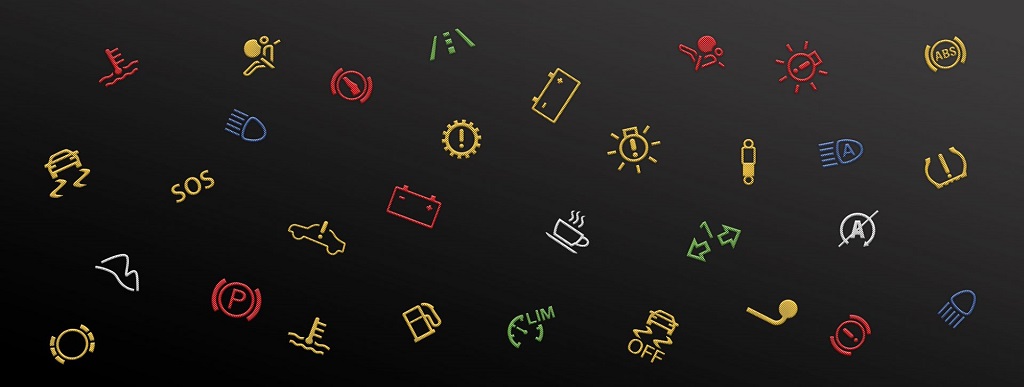
13 Most Common Car Warning Lights
The information below will show you where to find the car warning light symbols and markings on your dashboard for most vehicle makes and models. Some of these are actionable prompts, while others are urgent warnings. People can use this guide to determine whether it is necessary to visit a local mechanic.
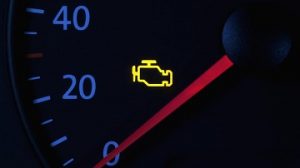
1) Emissions Control:
Often referred to as the check engine light, this light can indicate a variety of problems. A faulty oxygen sensor, a loose gas cap, or engine compression issues are some of the problems. The best course of action is to visit a store. and have the problem diagnosed as it does not identify the problem.
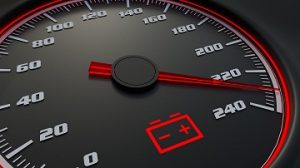
2) Battery Warning:
This symbol indicates that the vehicle’s charging mechanism is malfunctioning. It could be a broken alternator belt, but it could also be a loose or damaged battery cable. The clock or headlights will dim from time to time if the problem is with the battery. Waiting too long may cause the vehicle to shut down completely.
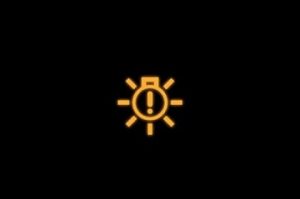
3) Bulb Monitoring:
It means that one or both headlights are burned out. To be able to see clearly in all conditions, get it replaced soon.
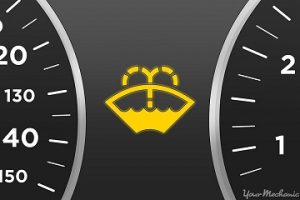
4) Windshield Washer Fluid:
Surprisingly, this indicator light resembles a funny monster with a vicious bite. Although not serious, it can be very useful in low visibility. Just buy more, open the hood and refill in the right place.
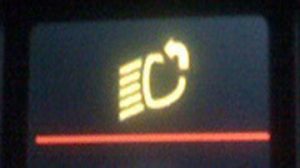
5) Adaptive Headlight System:
When a car turns, an adaptive headlight system adjusts the directions of the headlights. When this indicator comes on the gauge, it means the lights have stopped rotating, although the actual headlights should be fine.
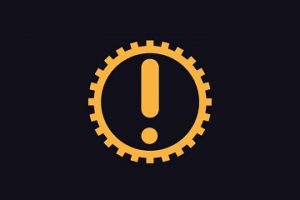
6) Automatic Gearbox:
This light indicates that there’s an issue with the automatic transmission.
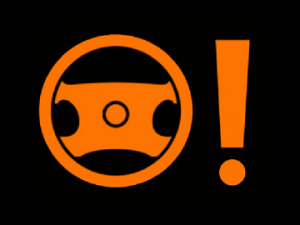
7) The steering lock is an important anti-theft component in every car. When the wheel or tires spin without the key in the ignition, it activates. If this indicator comes on while you are in the car, someone may have tried to turn the wheels.
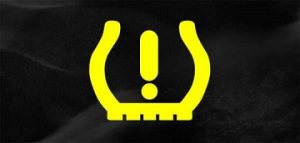
8) Tire Pressure Warning System:
This symbol, commonly known as the TPMS symbol, indicates that the pressure in one or more tires is too low or too high and should be changed (TPMS stands for Tire Pressure Monitoring System). Driving with low or high-pressure tires is risky and can cause serious damage. to the car.
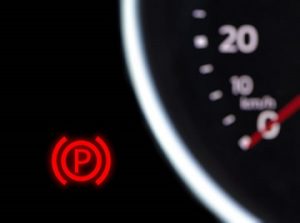
9) Handbrake:
The indicator lamp shows when the parking brake is pressed. Indicates that there has been a loss of hydraulic pressure on one side of the braking system or that the fluid level in the master cylinder is dangerously low if it remains low for an extended period.
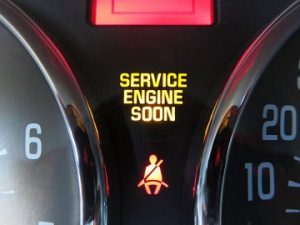
10) Service is Necessary:
For some models, this may indicate that it is time to bring the vehicle in for routine maintenance. It could also be caused by a problem with one of the vehicle’s chassis systems, such as: B. the traction control system, the hydraulic braking system, the electronic suspension system, or the anti-lock braking system (ABS)
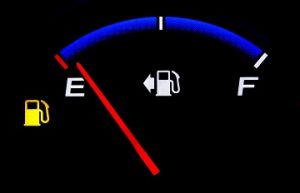
11) Low Fuel:
This indicator will be visible when the vehicle is low on fuel. Approach the nearest gas station.




